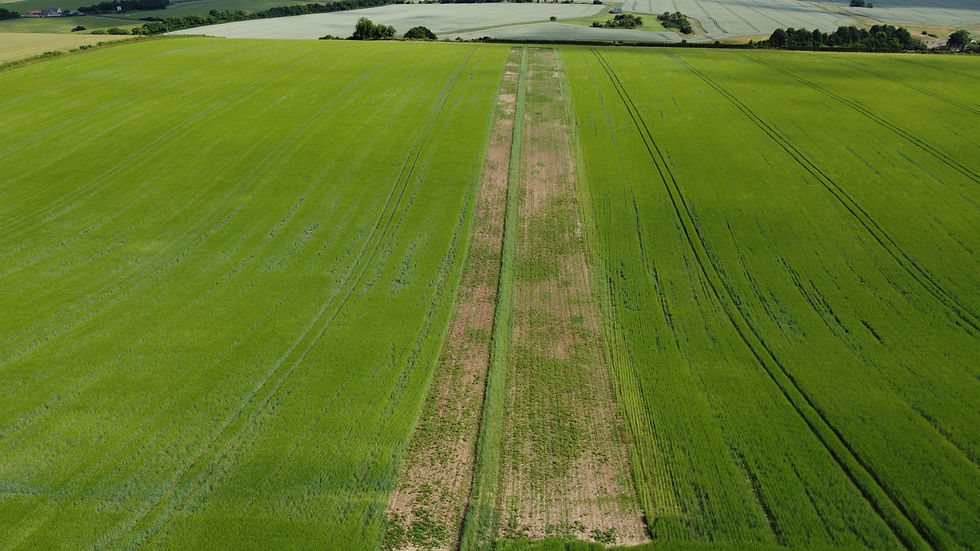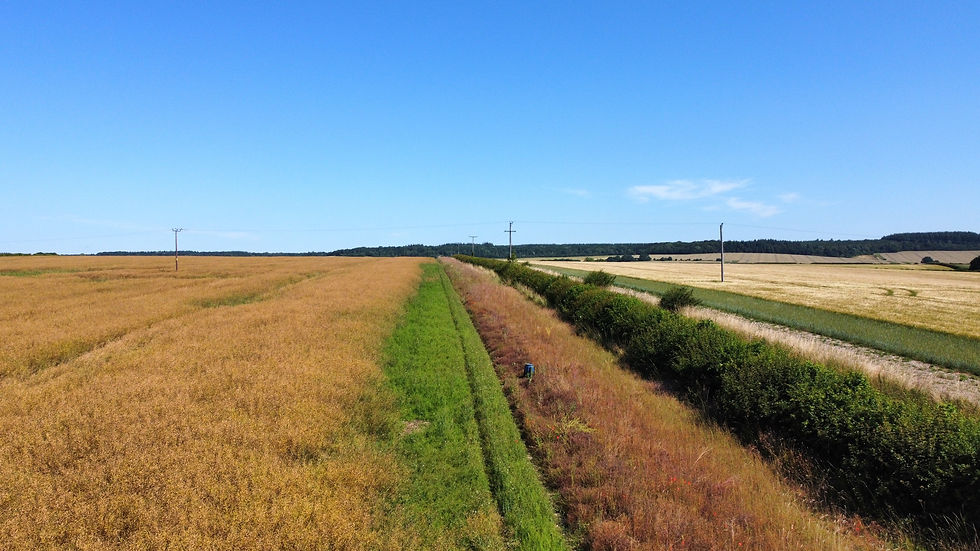
WHERE ARE YOU?
From this map you can see exactly where you are on the Fonthill Estate and which footpath you are using. Please help us in our efforts to protect and encourage the wildlife on the Estate by keeping dogs on leads, sticking to the designated paths and taking all litter home with you.
We have lots of ground nesting species currently on the Estate, therefore it is vital that dogs stay under control so as to not disturb or kill these animals.
Thank you.

WHAT ARE WE DOING IN THIS AREA
TO ENCOURAGE WILDLIFE?
Find out below




Beetle Banks
The Beetle Bank is a grass mound around 2 meters wide, which runs through the middle of large arable fields. For the ground nesting birds such as Grey Partridges, the Beatle Banks provide a key nesting habitat. It will also provide habitat during winter months for invertebrates like bees, beetles and spiders, through the spring and summer these insects then spread out onto the surrounding land to feed on aphids and other crop pest. The strips of Winter Bird food and Winter cover either side of the Beetle bank create a perfect habitat and provides nectar for these insects. These Beetle Banks almost act as a corridor helping mammals and farmland birds move around.




Flower rich margins and plots
This Countryside stewardship option provides important habitat and foraging sites for invertebrates, including wild pollinators such as bumblebees, solitary bees, butterflies and hoverflies who feed on pests like aphids. The margins also provides a form of shelter for farmland birds and their chicks, as well as the flowers providing them seeds to eat.



Winter bird food
Winter Bird food provides an important food source for farmland birds by producing an abundant and available supply of small seeds during the autumn and winter months. During the summer insects such as bumblebees, solitary bees, butterflies and hoverflies will use the flowers as a source of nectar. Once established, the Winter bird food, as shown in the second photo, will also provide a habitat and shelter for some of our ground nesting birds such as the Grey Partridge, Skylarks and Corn Buntings. These birds will then start feeding their chicks on the insects found in the Flower rich margins.



Unharvested cereal headland
The Unharvested Cereal Headland encourages beneficial insects, therefore providing an important food source for chicks in the spring. The grain itself will then go on to provide winter food . The unharvested cereals also create a fantastic wintering habitat for insects and small mammals such as the harvest mouse. Unlike the rest of the cropped areas, Unharvested cereal Headlands do not receive applications of fertiliser, manure, pesticides or herbicides as these will have a detrimental impact on arable wildlife that we are trying to encourage.
